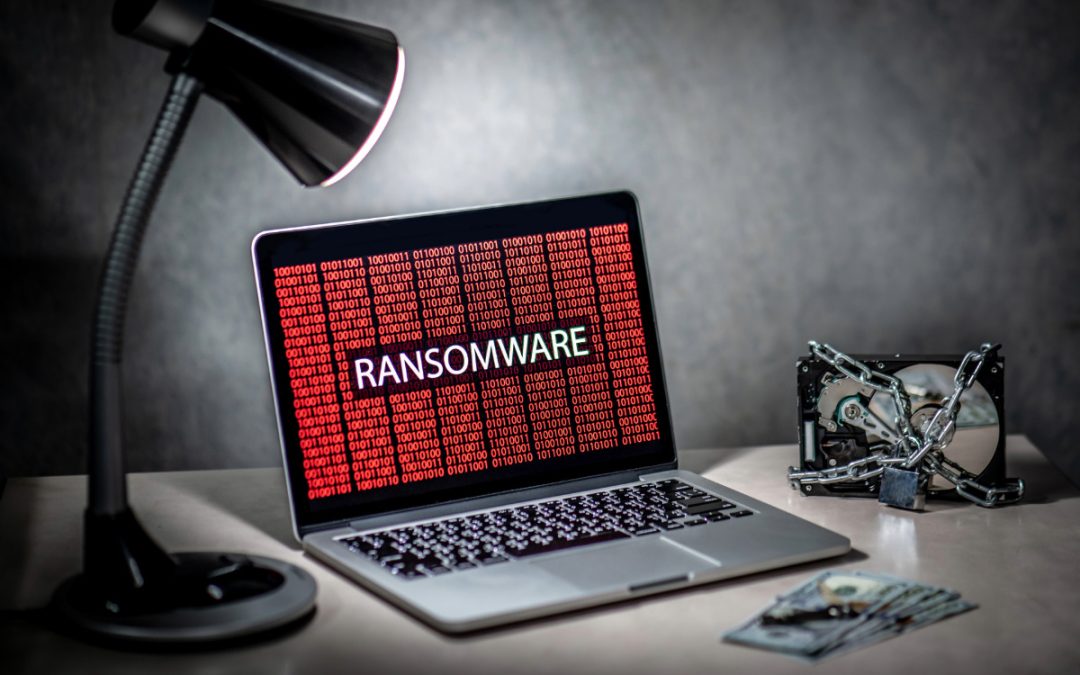Emails serve as a key form of communication for businesses. Yet, with around 8 billion spam emails sent per day in the US alone, users can be flooded with unwanted messages. Phishing scams, malware, and other harmful content continue growing, leaving businesses vulnerable to unexpected threats. That’s why many organizations use a spam filter to better protect their users and data.
Not every spam filter is made equal, though. While many email systems offer a basic free filter, those usually only catch the most obvious offenders. The most dangerous messages can sound surprisingly real or even abuse legitimate systems to send fake invoices. Effective spam filtering requires using more advanced features, customizing to business needs, and keeping employees informed about the latest email threats.
Table of Contents
What Is a Spam Filter?
A spam filter is a specialized program designed to detect and block unwanted emails, commonly called spam. These filters examine an email’s content, sender information, attachments, and other elements to determine whether it falls into the category of spam or legitimate communication. The goal is to protect users from irrelevant or potentially harmful content, such as phishing scams or unwanted advertisements.
Most email platforms have simple spam protection, but the features and detection capabilities are limited. More advanced business solutions provide extra layers of security and give users additional control. SpamTitan, for example, can quarantine emails it flags as suspicious. That allows people to receive the message, whitelist the sender, blacklist the sender, or delete the email directly. It’s worth coordinating with your IT partner to find your business’s best spam protection solution.
Why Spam Filters Are Essential for Email Security
Spam filters protect against many threats, including unwanted spam emails, phishing malware, fake invoices, and other risky content. Without spam filters, inboxes could be flooded with these unwanted emails, making it hard to find and manage genuine messages. Even worse, users might accidentally open dangerous links or attachments that could steal personal information or harm their computers. Considering that 44% of people think branded emails are safe, preventing them from ever reaching an inbox can greatly reduce risks.
What Types of Spam Filters Are There?
Spam filters come in various types, each employing a different approach to detect and filter out unwanted emails. Most business-level solutions combine multiple filter types, giving a layered approach to spam detection. Here’s an overview of the common types of spam filters:
Content-Based Filters: These analyze the content within an email, looking at keywords, phrases, or patterns typical of spam. If the content matches known spam characteristics, the email is flagged.
Header and Metadata Filters: These filters scrutinize the email’s header and metadata, such as the sender’s domain, IP address, or suspicious subject lines, to determine if the email is spam.
Bayesian Filters: These filters look at past email behavior to predict whether a new email is likely spam. They learn from the emails users mark as spam or legitimate, improving accuracy over time.
Collaborative Filters: This approach leverages user-generated feedback from a broad community. If several users mark an email as spam, it’s flagged for others within the network as well.
Rule-Based Filters: These filters operate on predefined rules set by administrators or users. These rules can block emails from specific addresses or contain particular words or phrases.
Machine Learning Filters: These filters use AI and machine learning to learn and adapt to new spam tactics. They analyze various attributes of an email, often in combination with other filter types, to enhance spam detection accuracy.
DNS-Based Filters: This type of filter checks the sender’s domain against known blacklists or whitelists. The email will likely be marked as spam if a domain is found on a blacklist.
Challenge-Response Filters: The sender must perform tasks like entering a code or responding to an automated email to prove they are human. That can effectively block automated spam emails.
Companies can tailor their spam protection to their specific needs and preferences using one or a combination of these filters. That keeps inboxes more secure and free of unwanted content.
Email Quarantines Give Users More Spam Filtering Control
Email quarantines are a valuable part of modern spam filtering, allowing suspicious emails to be reviewed without completely blocking them. That protects users from potential threats and gives them more control over the emails they receive. Occasionally, legitimate emails may be labeled as spam and caught by the filter. The quarantine allows users to handle those emails on a case-by-case basis.
Additionally, users can allow or block senders from the quarantine area. That ensures future messages from safe senders are allowed through, while others sending spam messages can be completely blocked. Even though this option offers more user control, it’s important that people still use good judgment when interacting with their quarantine. Cybersecurity awareness can go a long way in helping people differentiate a fake email from a real one.
Customizing Your Spam Filter: Options and Considerations
Customizing a spam filter is a powerful way to align email security with specific user or business needs. It’s not a one-size-fits-all approach, and understanding what’s involved is key to successful customization. We’ll review some standard user options, admin options, and some of the considerations involved.
User Options
Whitelisting and Blacklisting: This allows the users to whitelist or blacklist specific senders for their email accounts. It doesn’t impact others.
User Reporting Options: Most spam filters give the option to report false positives or negatives, contributing to the ongoing tuning of the spam filter. Admins may review reports.
Quarantine Management: When enabled, users can view and manage their quarantined emails, release legitimate emails, and submit whitelisting or blacklisting requests.
Admin Options
Whitelisting and Blacklisting: Admins can manage global whitelisting and blacklisting policies that apply across the organization or specific groups.
Sensitivity Adjustment: This lets them adjust sensitivity levels and tailor the filter to align with organizational security policies and needs.
Content and Attachment Filtering: This can be used to manage content and attachment filtering rules across the entire business.
User Reporting Options: Can review user reports, make necessary adjustments, and may have additional reporting and monitoring capabilities to oversee the system’s performance.
Quarantine Management: Can manage quarantine settings, define release policies, and view quarantined emails across the organization.
Outbound Filtering: Can configure and manage outbound email filtering to ensure policy compliance and prevent data leaks.
Reporting and Analytics: Have access to comprehensive reporting tools that provide insights into overall email traffic, threats detected, and system performance.
Policy Configuration and Management: Can create, modify, and enforce specific email filtering policies aligned with organizational needs.
Integration and API Access: Can utilize API access and integrations with other security tools, email platforms, and information systems.
Considerations
Balance Between Security and Accessibility: Striking the right balance is crucial. Overly strict rules may catch legitimate emails in the spam filter, while being too lenient may allow malicious emails through.
User Training and Support: If customization options are provided to end-users, training and support may be required to help them make informed choices without compromising security.
Compliance Considerations: Customization should be carried out with awareness of legal and regulatory requirements. Doing so is especially important for businesses that handle sensitive or personal information.
Ongoing Management: Spam filter customization is not a set-and-forget task. Regular review and updating of customization settings ensure continued effectiveness in the face of evolving email threats.
By thoughtfully exploring these options and considerations, spam filter customization can provide a tailored defense against unwanted emails. This personalized approach makes email communication safer and more efficient than default spam filtering.
Maximize Your Business Protection With a Spam Filter
A spam filter is more than just a barrier against unwanted emails; it’s a core part of any modern email security strategy. Proper configuration and customization of rules allow businesses to get the most out of their spam filter. Generic built-in email filters have a limited effect and lack features, which is why industry solutions like SpamTitan are used. They’re designed to shield your company from phishing attempts, malware, and other malicious content that could otherwise infiltrate your network.
At ITonDemand, email security has always been a high priority, as it acts as the first line of defense against many types of threats. Using a proper spam filter is an essential part of that strategy. While there are many options for businesses, finding the right balance between features, customization, and overall protection is critical. Cyber threats constantly evolve; a strong spam filter is essential to keeping employees safer.
If your business is struggling with email spam, losing vital emails, or is concerned with email security, reach out to us for a consultation via our contact form or call us at +1 (800) 297-8293




